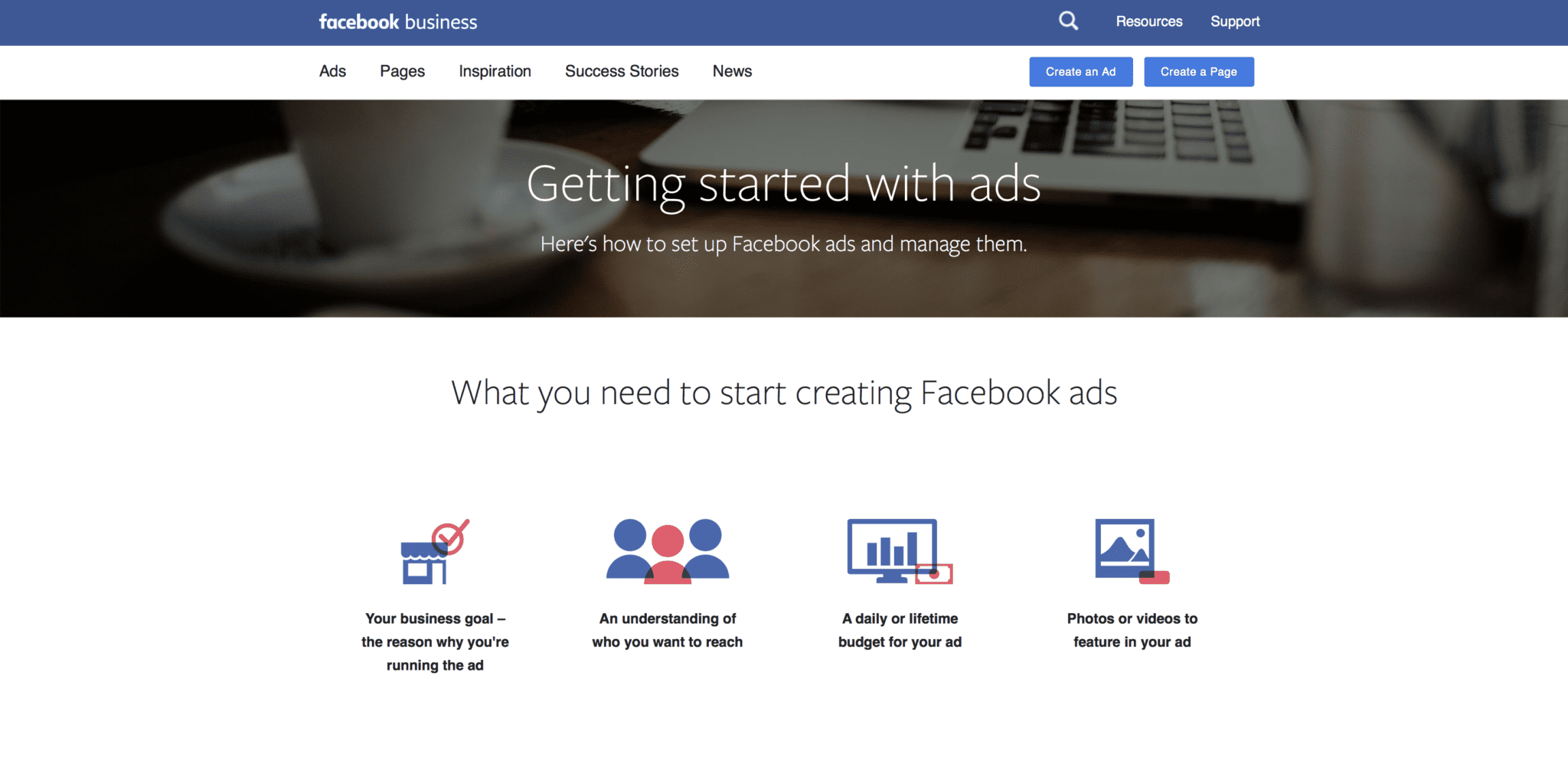|
Getting your Trinity Audio player ready...
|
It’s hard to remember a time when Facebook wasn’t the subject of a major controversy, and this week is no different.
Facebook has allegedly misled advertisers on its platform by demonstrating it has a far larger audience size in U.S. cities and states that it actually has, according to a lawsuit filed last week by a Kansas-based aromatherapy fashionwear business owner.
The lawsuit from owner Danielle Singer alleges that Facebook’s purported ‘Potential Reach’ figures for the 18-to-34 age demographic in all 50 states exceeded the actual population of 18-to-34-year-olds who use Facebook. Yes, that’s right – Facebook has allegedly promised a Potential Reach figure that is far greater than the actual population of 18-to-34-year-olds who use Facebook. But how has this happened?
How Facebook’s adverts work
Facebook users provide the company with a huge volume of useful data. From friends and
The first step is to create an audience for your ad, building anything from a dog lovers audience to a publishing audience. Ads can also be limited to a specific location, from country to state or town to city. Advertisers may even choose to target users within a one-mile radius.

But this doesn’t explain Facebook’s alleged misleading reach figures.
Are Facebook’s tools being exploited?
Just last year, Pivotal Research Group analyst Brian Wieser reproduced a study made by an Australian trade publication that said Facebook was claiming to reach 1.7 million more 16- to 39-year olds than actually existed in the country, according to Australian census data.
In reproducing the study for the U.S., Wieser said Facebook’s Ads Manager claims it can potentially reach 41 million 18- to 24-year-olds, 60 million 25- to 34-year-olds, and 61 million 35- to 49-year-olds. The problem arises when Wieser pulls up U.S. Census data from a year ago, showing 31 million 18- to 24-year-olds, 45 million 25- to 34-year-olds, and 61 million 35- to 49-year-olds.
One explanation as to why Facebook has such large Potential Reach Figures can be seen in the lawsuit made by Danielle Singer. The lawsuit claims to have received testimony from former Facebook employees confirming the inflation. One anonymous employee said the Potential Reach number was “like a made-up PR number.”
“Facebook’s misrepresentation of the Potential Reach of its advertisements induced advertising purchasers, including Plaintiffs, to continue purchasing advertisements because purchased believed that more people could potentially be reached by their advertisements than possibly could have been,” reads the lawsuit.
Singer, who owns Therapy Threads, spent more than $14,000 on Facebook ads across the country, targeting major metropolitan areas, such as San Francisco.
According to East Baby Times, Singer then did her own calculations comparing the Potential Reach figures — which Facebook says is “designed to estimate how many people in a given area could see an ad” and not designed to match population or census estimates with her actual figures. For example, in Chicago, Singer deduced from U.S. census data that there were about 808,000 residents aged between 18 and 34; Facebook calculated its Potential Reach for Chicagoans in the same age group to be more than 1.9 million.
Should publishers be worried?
It is unclear whether Facebook is allegedly overestimating Potential Reach figures in a PR attempt to encourage businesses to use the site as an advertising platform or if the large discrepancy is due to a significant level of ad fraud. Or even worse, a combination of the two.
Whilst an ad fraud scandal is the last thing Facebook needs, coming so close after the fake news and privacy debacles, it nevertheless should be something publishers consider when evaluating the companies latest Predicted Reach figures. At least until the Singer lawsuit is settled either way.
Given the lawsuit seeks


